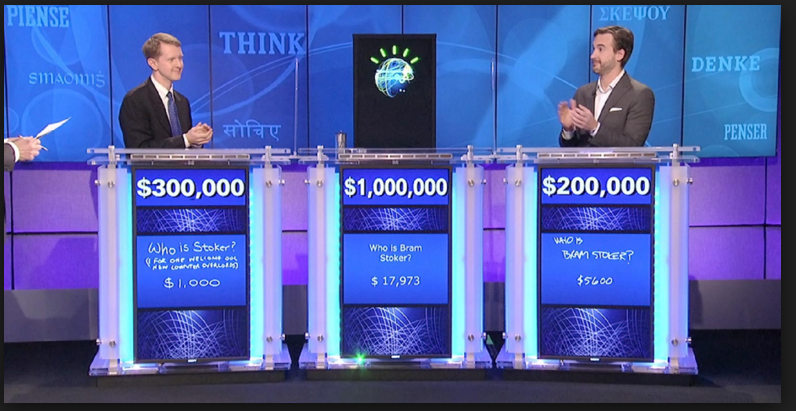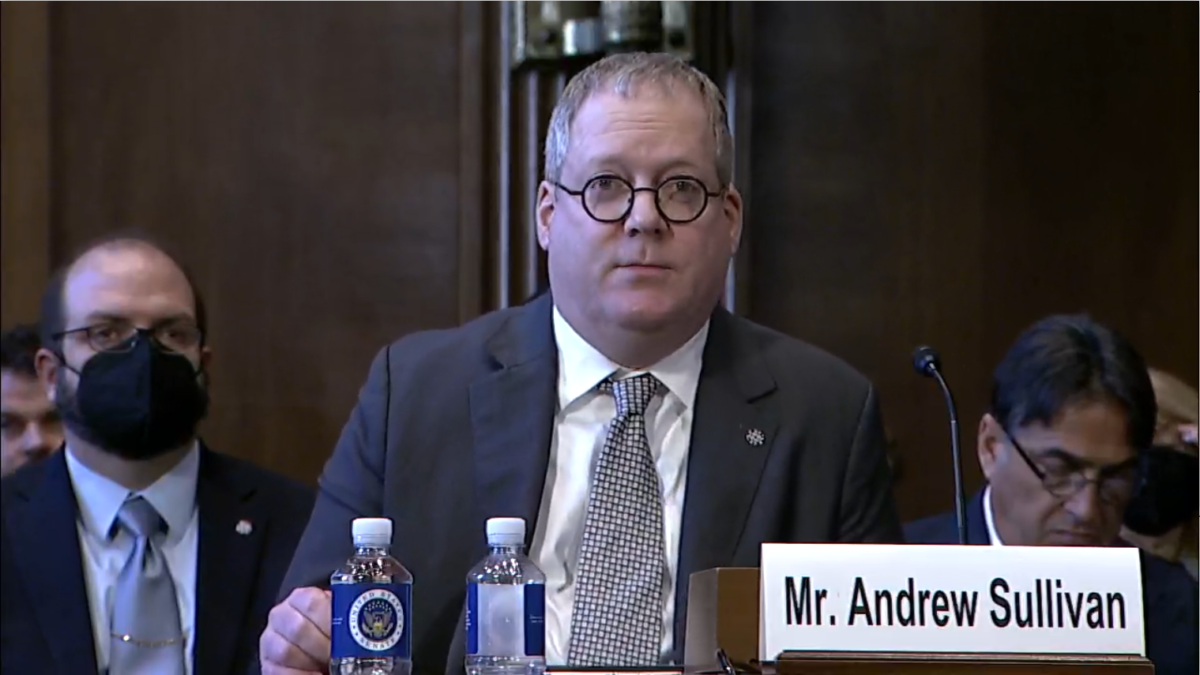Monthly computer magazines used to fret that their news pages would be out of date by the time the new issue reached readers. This week in AI, a blog posting is out of date before you hit send.
This – Friday – morning, the Italian data protection authority, Il Garante, has ordered ChatGPT to stop processing the data of Italian users until it complies with the General Data Protection Regulation. Il Garante’s objections, per Apple’s translation, posted by Ian Brown: ChatGPT provides no legal basis for collecting and processing its massive store of the personal data used to train the model, and that it fails to filter out users under 13.
This may be the best possible answer to the complaint I’d been writing below.
On Wednesday, the Future of Life Institute published an open letter calling for a six-month pause on developing systems more powerful than Open AI’s current state of the art, GPT4. Barring Elon Musk, Steve Wozniack, and Skype co-founder Jaan Tallinn, most of the signatories are unfamiliar names to most of us, though the companies and institutions they represent aren’t – Pinterest, the MIT Center for Artificial Intelligence, UC Santa Cruz, Ripple, ABN-Amro Bank. Almost immediately, there was a dispute over the validity of the signatures..
My first reaction was on the order of: huh? The signatories are largely people who are inventing this stuff. They don’t have to issue a call. They can just *stop*, work to constrain the negative impacts of the services they provide, and lead by example. Or isn’t that sufficiently performative?
A second reaction: what about all those AI ethics teams that Silicon Valley companies are disbanding? Just in the last few weeks, these teams have been axed or cut at Microsoft and Twitch; Twitter of course ditched such fripperies last November in Musk’s inaugural wave of cost-cutting. The letter does not call to reinstate these.
The problem, as familiar critics such as Emily Bender pointed out almost immediately, is that the threats the letter focuses on are distant not-even-thunder. As she went on to say in a Twitter thread, the artificial general intelligence of the Singularitarian’s rapture is nowhere in sight. By focusing on distant threats – longtermism – we ignore the real and present problems whose roots are being continuously more deeply embedded into the new-building infrastructure: exploited workers, culturally appropriated data, lack of transparency around the models and algorithms used to build these systems….basically, all the ways they impinge upon human rights.
This isn’t the first time such a letter has been written and circulated. In 2015, Stephen Hawking, Musk, and about 150 others similarly warned of the dangers of the rise of “superintelligences”. Just a year later, in 2016, Pro Publica investigated the algorithm behind COMPAS, a risk-scoring criminal justice system in use in US courts in several states. Under Julia Angwin‘s scrutiny, the algorithm failed at both accuracy and fairness; it was heavily racially biased. *That*, not some distant fantasy, was the real threat to society.
“Threat” is the key issue here. This is, at heart, a letter about a security issue, and solutions to security issues are – or should be – responses to threat models. What is *this* threat model, and what level of resources to counter it does it justify?
Today, I’m far more worried by the release onto public roads of Teslas running Full Self Drive helmed by drivers with an inflated sense of the technology’s reliability than I am about all of human work being wiped away any time soon. This matters because, as Jessie Singal, author of There Are No Accidents, keeps reminding us, what we call “accidents” are the results of policy decisions. If we ignore the problems we are presently building in favor of fretting about a projected fantasy future, that, too, is a policy decision, and the collateral damage is not an accident. Can’t we do both? I imagine people saying. Yes. But only if we *do* both.
In a talk this week for a group at the French international research group AI Act. This effort began well before today’s generative tools exploded into public consciousness, and isn’t likely to conclude before 2024. It is, therefore, much more focused on the kinds of risks attached to public sector scandals like COMPAS and those documented in Cathy O’Neil’s 2017 book Weapons of Math Destruction, which laid bare the problems with algorithmic scoring with little to tether it to reality.
With or without a moratorium, what will “AI” look like in 2024? It has changed out of recognition just since the last draft text was published. Prediction from this biological supremacist: it still won’t be sentient.
All this said, as Edwards noted, even if the letter’s proposal is self-serving, a moratorium on development is not necessarily a bad idea. It’s just that if the risk is long-term and existential, what will six months do? If the real risk is the hidden continued centralization of data and power, then those six months could be genuinely destructive. So far, it seems like its major function is as a distraction. Resist.
Illustrations: IBM’s Watson, which beat two of Jeopardy‘s greatest champions in 2011. It has since failed to transform health care.
Wendy M. Grossman is the 2013 winner of the Enigma Award. Her Web site has an extensive archive of her books, articles, and music, and an archive of earlier columns in this series. Follow on Mastodon or Twitter.




